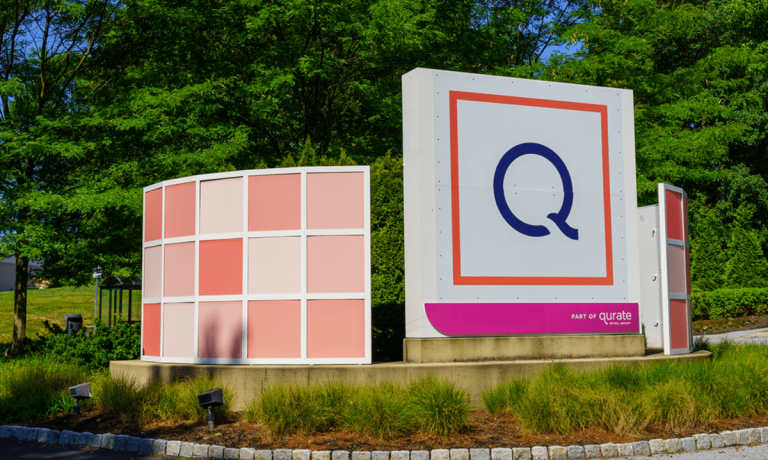Qurate Retail Plans Turnaround Amid 16% Revenue Drop

Video commerce giant and QVC owner Qurate Retail Inc. is implementing a turnaround plan amid across-the-board declines in revenue, the company reported Friday (Aug. 5).
According to the company’s second-quarter earnings report, the company’s revenue decreased 16% to $3 billion, while its eCommerce revenue fell 17% to $1.8 billion, or 61% of its total revenue. Meanwhile, QVC International revenue dropped 19%, while revenues for brands Zulily declined 45% and Cornerstone increased by 4%.
“Our second quarter results reflected lower demand driven by similar factors impacting all of retail including inflation, the war in Ukraine, and rising interest rates, as well as supply chain challenges and downstream impacts from last December’s fire at our Rocky Mount, N.C. fulfillment center that affected our merchandise availability and operational efficiency,” said David Rawlinson, Qurate Retail’s president, and CEO.
Rawlinson said the company had begun a turnaround program, which includes measures such as “Project Athens,” a plan to “re-establish revenue stability, margin expansion and incremental free cash flow generation,” as well as the addition of a new president to its streaming business and a chief merchandise officer for QVC.
Based in Englewood, Colorado, Qurate Retail is a Fortune 500 company that includes the QVC, HSN, Zulily and Cornerstone brands.
Read more: TikTok Troubles Put Focus on Livestream Shopping’s Environmental, Data Impact
As PYMNTS noted last month, the brand of live shopping popularized by QVC and HSN (formerly known as the Home Shopping Network) lives on in the live stream shopping offered by platforms that include Instagram, Amazon Live, and YouTube.
TikTok, meanwhile, scaled back its livestream shopping plans for the EU and U.S. after the projected failed to take off in Britain.
Influencers who had been selling on the platform pointed to substandard products, long hours and low pay as central reasons for leaving, PYMNTS reported in June.
“The market just isn’t there yet,” a TikTok employee said. “General consumer awareness and adoption are still low and nascent.”